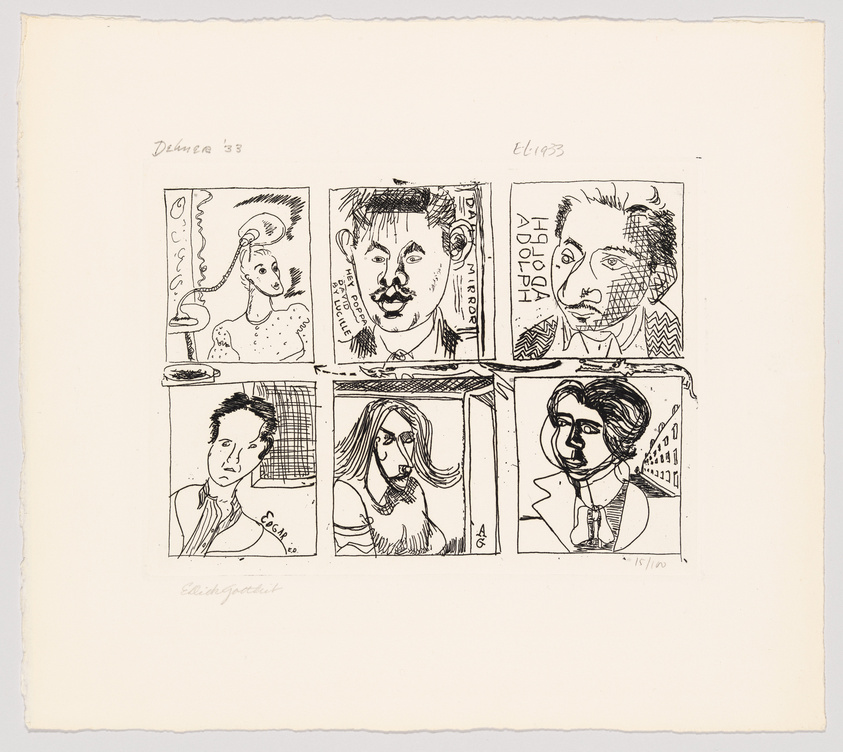0:00
David Smith, Circle III, 1962
0:00
Narrator: In Circle III, Smith used paint to dramatically separate the three elements of this sculpture—the base, the circle, and the horn-like arc on top. Smith’s Circle series included five sculptures. When they were completed, he lined them up in the field outside his Bolton Landing studio so that visitors could see through one sculpture to the next. The installation came together to form a multicolored series of concentric circles. Michael Brenson.
Michael Brenson: So they read as if it was a painting that had turned into a sculpture.He had taken a pictorial idea and then he asked himself, "How do I make some kind of sculpture out of that?" This goes back to a key issue in Smith's work almost from the beginning, which is the relationship between sculpture and painting. Because he did begin as a painter. He did say at a certain point that he put the canvas down and then started to build off of it and the sculpture began to emerge that way.
Narrator: Smith’s first influences were primarily painters. Picasso was important to him early on, and he responded to the Surrealists during the 1930s. American modernist art first gained international attention in the 1940s and '50s. At that point, most of Smith’s significant peers were painters such as Jackson Pollock, Mark Rothko, and Willem de Kooning. In the 1960s, that began to change. Minimalism and other sculptural movements came to the fore. Artists from Donald Judd to Richard Serra struggled to differentiate themselves from Smith’s achievement. These efforts lent the new sculpture much of its intensity, and continue to underscore Smith’s deep importance to modern art.
Michael Brenson: He wanted to give people something that they could respond to, some kind of associative trigger.
Narrator: Michael Brenson is a writer and critic. He’s writing a biography of David Smith.
Michael Brenson: And that trigger very often for him was connected with certain ceremonial or ritual purposes. He never explained his work. He wrote a lot. He talked a lot. But he was extremely reluctant to explain his work. I think one of the reasons for that is that he was so committed, almost ideologically committed, to the freedom of interpretation of people in front of it.
